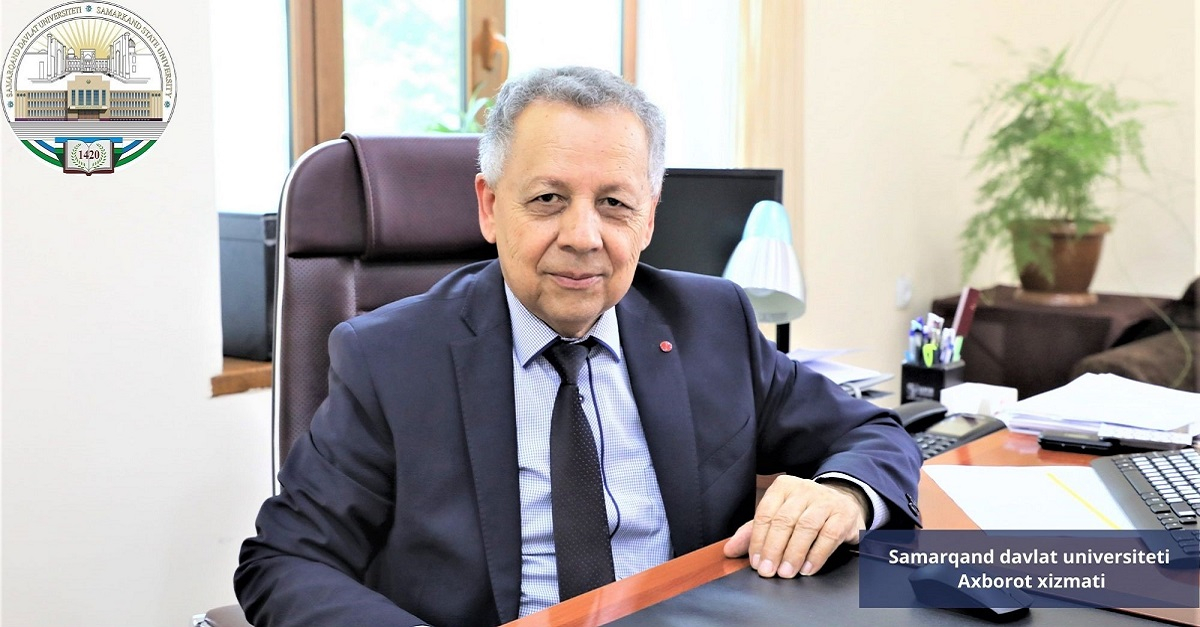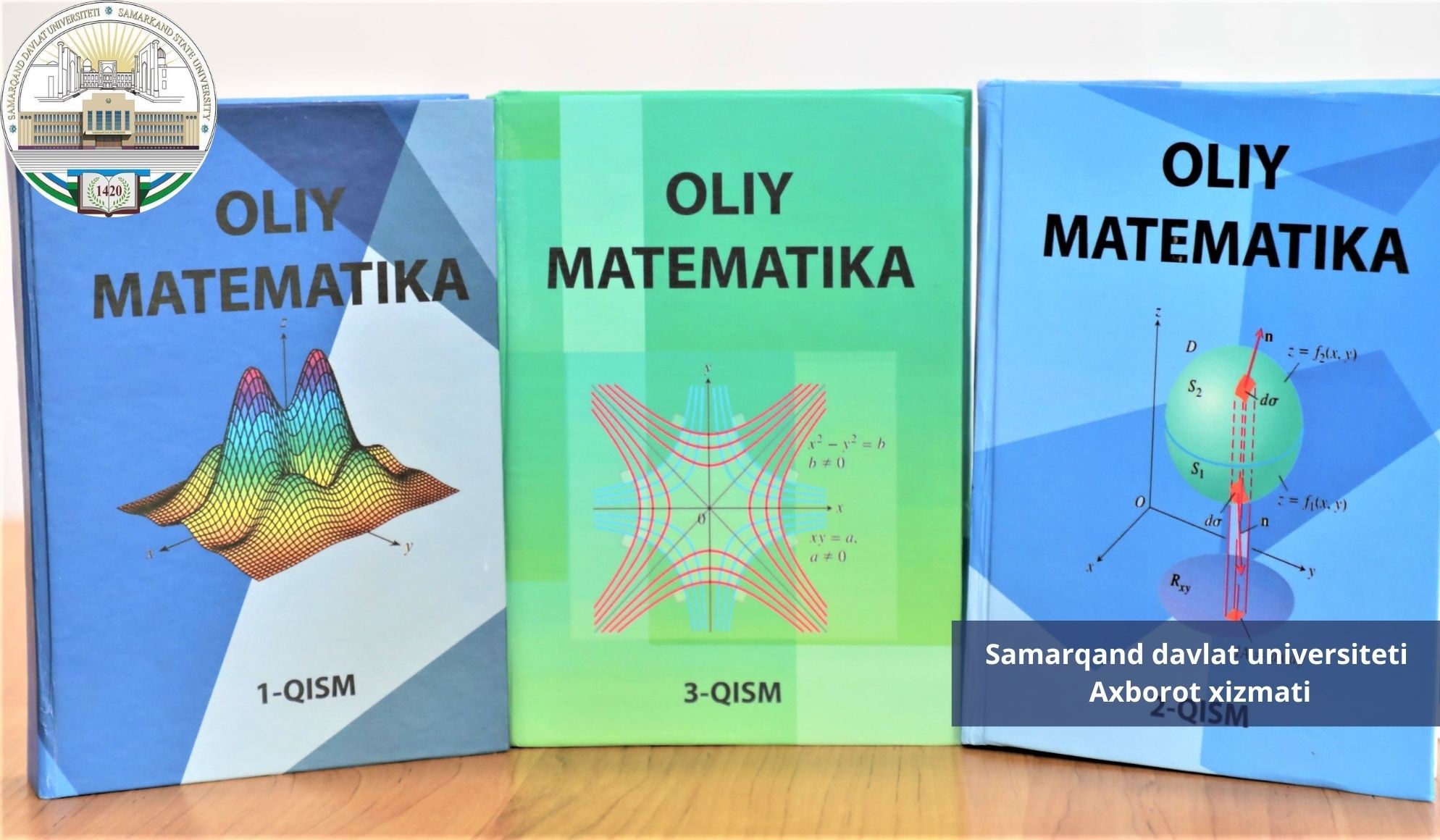Important question

Higher mathematics
Did you know that the three-volume textbook was created by scientists from Samarkand State University?
The textbook, created in collaboration with professors of Samarkand State University Akhmadjon Soleyev, Abdurasul Goziev, Mamadyor Yakhshibaev and associate professor Abdukholik Arzikulov, is intended for undergraduate students in all fields of natural and technical sciences, covering the theoretical foundations of higher mathematics.
What is a high school math course and how does it differ from elementary math? Such questions will certainly be of interest to many. In essence, advanced mathematics is a course taught in secondary and higher educational institutions, initially covering areas such as higher algebra and mathematical analysis. By the 1970s, it included mathematical statistics, probability theory, linear programming, and more. Sometimes the term "higher mathematics" is used to refer to the part of mathematics that is not included in the high school curriculum. However, school textbooks in mathematics cover many areas of mathematics, including analytic geometry, calculus, and some sections of probability theory. Higher Mathematics - a course of mathematics taught in technical, economic, agricultural and other special educational institutions, includes h.
The textbook on higher mathematics is devoted to the above sections of higher mathematics, and the first volume is devoted to the elements of linear and vector algebra, analytic geometry on planes and in space, mathematical analysis of functions and their properties. The second volume of the textbook contains concepts and practical knowledge on the theory of functions and integrals, the third volume contains differential equations, probability theory and mathematical statistics. There are also concepts necessary for organizing the process of practical training of students and tasks for monitoring students' knowledge, independent and control work, standard accounting tasks, laboratory work. Each chapter of the textbook also includes a theoretical part of the topic, questions for self-examination to consolidate it, examples and tasks for practical exercises, written materials for independent work.
Today the whole world recognizes that the roots of algebra, laid down by our great ancestor Musa al-Khwarizmi, were laid in the East, in our country. The works of orientalists Abu Raykhan Beruni, Abu Nasr Farobi, Mirzo Ulugbek, Nasriddin Tusi in the field of algebra, geometry and trigonometry also attracted the attention of European mathematicians. This book, initiated by Academician Cory Niyazi and dedicated to sections of analytic geometry, mathematical analysis and differential equations of higher mathematics, is a unique successor to the Uzbek language textbook.

Iroda Bekmurodova
Samarkand State University
information officer,
Photo by Shavkat AKRAMOV.

